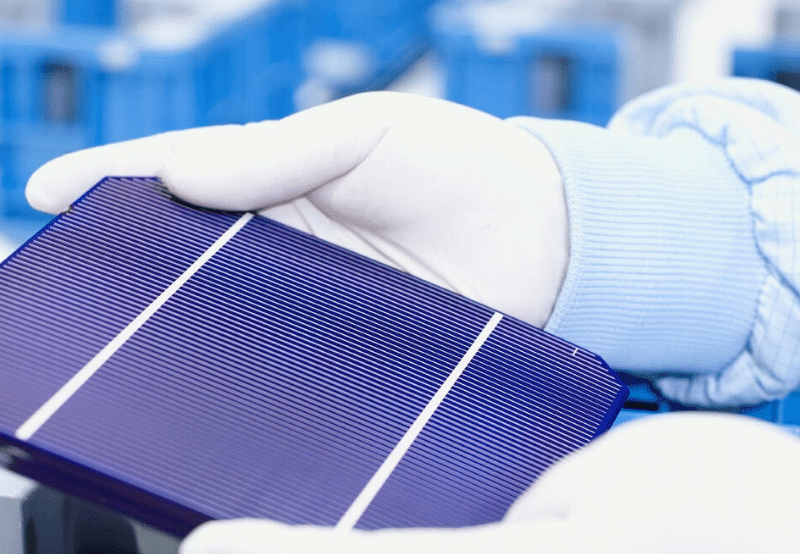Researchers at the National University of Singapore have achieved an efficiency of 24.35% in an inverted-structure perovskite solar cell with a 1-centimetre square active area.

Perovskite solar cells are a promising photovoltaic technology due to their high efficiency. These cells use a unique crystal structure known as perovskite, which allows them to absorb a wide range of light wavelengths. Increasing the efficiency of perovskite solar cells poses several challenges. Major hurdles include stability, as perovskite materials are prone to degradation when exposed to moisture, heat, or light.
The National University of Singapore (NUS) researchers have achieved a groundbreaking efficiency of 24.35% in an inverted-structure perovskite solar cell, setting a new record for the highest efficiency achieved in a perovskite solar cell with a 1-centimetre square active area. The researchers believe this achievement establishes a new standard for perovskite solar cell efficiency and presents hopeful possibilities for cost-effective, highly efficient, and long-lasting solar energy solutions.
Closing the Efficiency Gap
By incorporating a novel undisclosed interface material into perovskite solar cells, researchers achieved higher efficiency than conventional perovskite cells. The interface material possesses synergistic optical, electrical, and chemical properties, enhancing efficiency and longevity. This breakthrough has paved the way for improved performance and durability, making perovskite solar cells more commercially feasible. To address the long-term viability, the team is actively focused on enhancing the stability of perovskite materials, which are susceptible to degradation in the presence of moisture. A primary objective in advancing this technology beyond the laboratory is the development of a tailored ageing methodology, aiming to attain 25 years of operational stability.
The research team is actively working on enhancing the stability of perovskite solar cells to ensure their long-term viability. Perovskite materials are susceptible to degradation over time, particularly in the presence of moisture. Hence, efforts are being made to address this sensitivity and develop strategies to improve the stability of perovskite solar cells.






